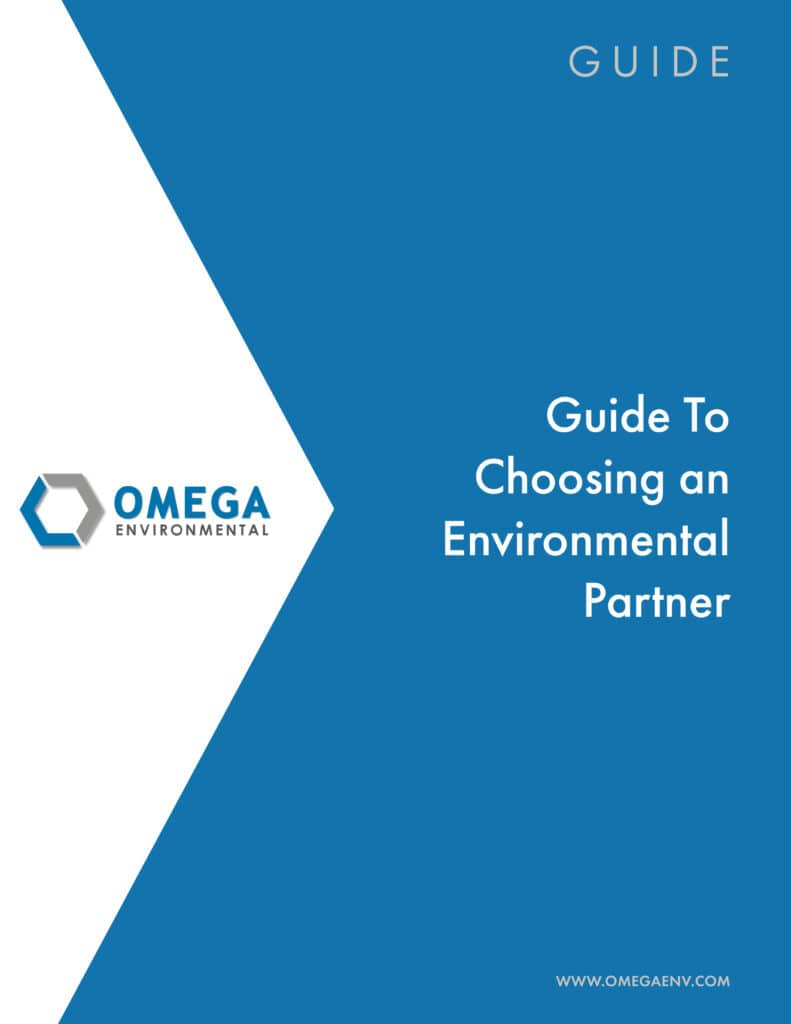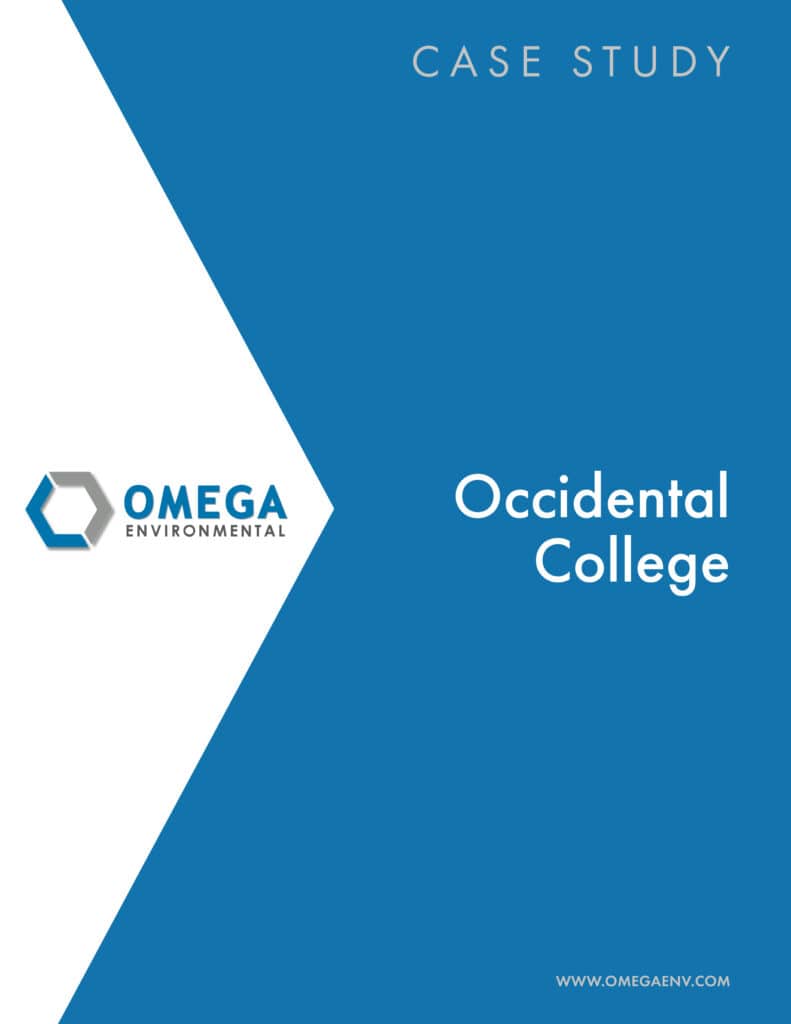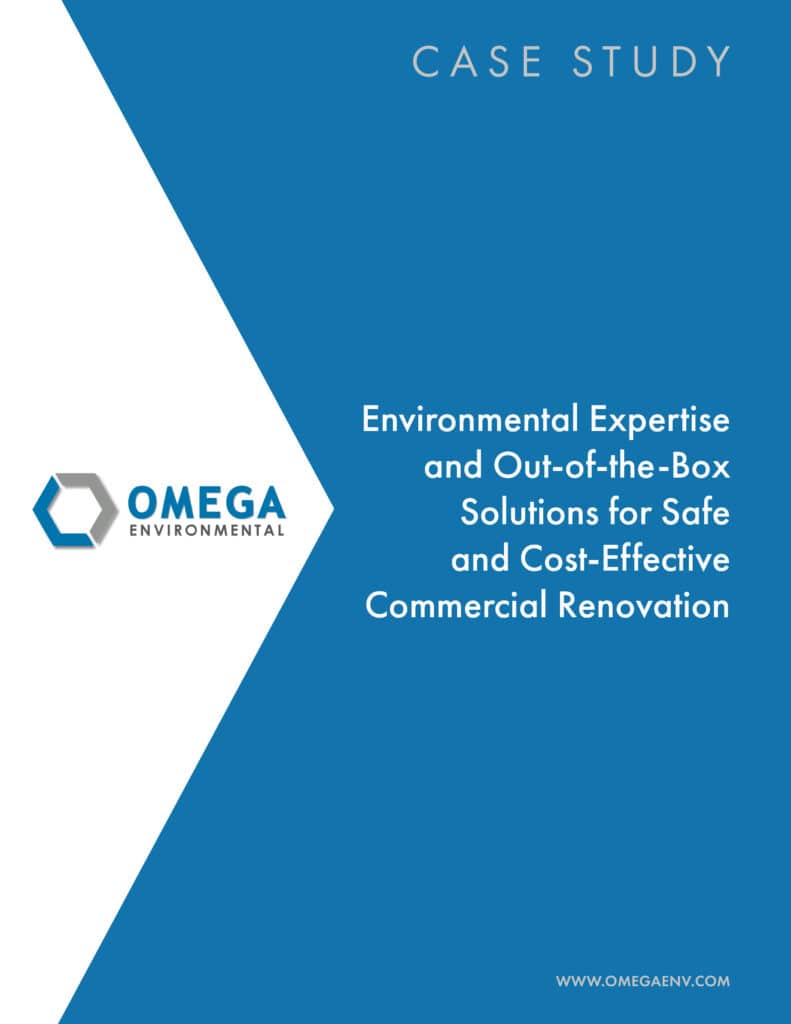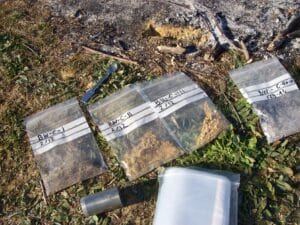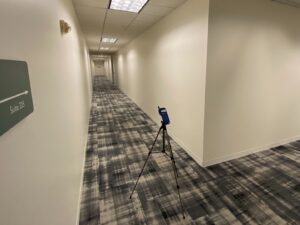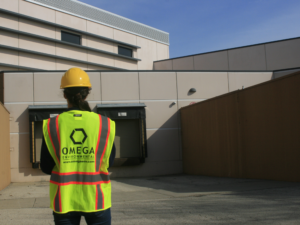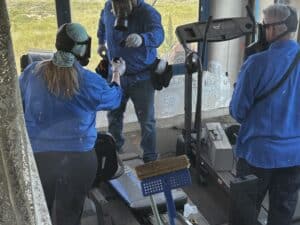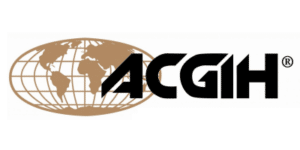Is Mold Growing in Your Building?
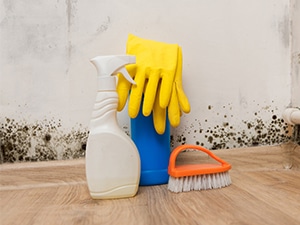
Excessive Moisture in Buildings Can Be Costly to Health and Business
When excessive moisture intrudes into an indoor building environment, unhealthy bacteria or fungal growth is usually not far behind.
According to the California Department of Public Health, “the presence of visible mold, visible moisture, water-damaged materials, or mold odor in a building is clearly linked to increased risk of various respiratory health effects.”
Symptoms and adverse health effects associated with excessive indoor moisture and microbial agents (bacteria and fungi) include:
- Upper respiratory symptoms
- Coughing
- Wheezing
- Exacerbated asthma symptoms in people with asthma
- Shortness of breath
- Asthma development
- Lower respiratory illness in children
In addition to the health and safety of workers, tenants, and other building occupants, mold and moisture issues can create a long list of collateral costs, including:
- Absenteeism due to illnesses
- Loss of worker productivity
- Increased workers’ compensation costs
- Increased insurance risk
- Repair and replacement costs associated with damaged building materials, furniture, products, and supplies
- Loss of use of building spaces after damage and during repairs
- Increased insurance and litigation costs related to moisture damage claims
Act Quickly to Minimize the Risks and Costs of Moisture Intrusion
Excessive indoor moisture also degrades the building itself, and if not handled promptly can steeply drive up the cost of restoration. Mold and moisture damage has numerous potential impacts to building components including:
- Poor adhesion of floor coverings
- Degradation of carpeting and carpet padding
- Drywall damage
- Damage to ceiling systems, light fixtures and other electrical components
- Mechanical systems damage
- Structural component damage (e.g. wood framing)
The good news is that moisture damage to building materials can be prevented or minimized if moisture testing is conducted soon after a moisture intrusion incident and followed up by implementation of measures to prevent or minimize the growth of microbial agents.
Moisture on surfaces can begin growing mold within 24-48 hours, according to the U.S. Environmental Protection Agency (EPA).
Certified Expertise in Mold and Moisture Assessment and Remediation
Omega Environmental Services, Inc. has qualified and certified professionals (Certified Industrial Hygienists, Professional Engineers, Geologists, Certified Asbestos Consultants, Certified Lead Professionals, Toxicologists) with deep expertise in the assessment and remediation of mold and moisture intrusion.
Our work with developers, building owners, property managers and construction managers includes the effective and rapid mitigation of moisture intrusion on construction sites, during renovations and in occupied commercial and public buildings.
Our solutions are fast, cost-effective and thorough, beginning with an initial assessment using infrared thermography (IT) and moisture meter measurements, and continuing through dry-down, dehumidification and post-remediation assessment.
Learn more about our moisture and mold remediation efforts for commercial renovation in our case study: Moisture, Mold and Asbestos Containment Efforts Put a Renovation Project Back on Track.
Contact us to learn more about how our team of certified mold and moisture remediation experts can get your project back to business safely and cost effectively.
Contact Us to Learn More About Mold and Moisture Assessment and Remediation

